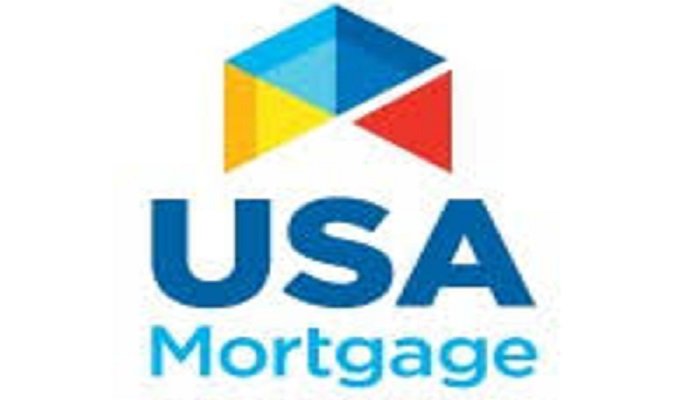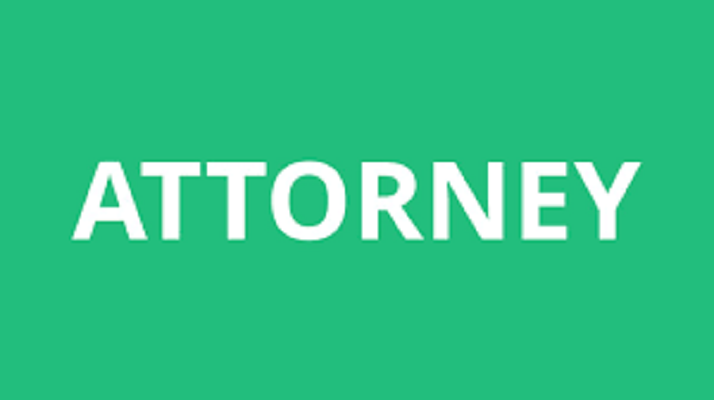A mortgage in the USA is a type of loan specifically designed for purchasing real estate, where the property itself serves as collateral for the loan. This means that if the borrower fails to make the required payments, the lender has the right to foreclose on the property and sell it to recover the loan amount. Mortgages are one of the most common ways individuals and families are able to afford a home, as they typically involve borrowing a large sum of money from a bank or a mortgage lender and paying it back over an extended period of time. The loan is typically repaid in monthly installments, which include both principal (the amount borrowed) and interest (the cost of borrowing).
How Mortgages Work: A Deeper Dive
When you take out a mortgage, the amount you borrow is paid directly to the seller of the property, allowing you to take ownership of the home. Over time, you are required to make monthly payments, which consist of both the loan’s principal and interest charges. Interest rates on mortgages can vary, and the repayment period can range from 10 to 30 years, with 30-year fixed-rate mortgages being the most common. As you pay off the loan, you gradually build equity in the home, which is the portion of the property that you actually own outright, as opposed to what is still owed to the lender.
Different Types of Mortgages Available in the USA
There are various types of mortgages available in the United States, each designed to suit different financial situations and goals. One of the most common types is the fixed-rate mortgage, where the interest rate remains the same throughout the life of the loan, offering predictability in monthly payments. Another popular option is the adjustable-rate mortgage (ARM), where the interest rate may change after an initial fixed period, typically based on market conditions, potentially leading to fluctuations in monthly payments. Government-backed loans like FHA, VA, and USDA loans are designed to assist specific groups of borrowers, including first-time homebuyers and veterans. Understanding the differences between these mortgage types is key to choosing the one that best fits your financial situation.
Qualifying for a Mortgage in the USA
To qualify for a mortgage in the USA, lenders will assess several factors to determine your ability to repay the loan. These factors include your credit score, income, employment history, debt-to-income ratio (DTI), and the amount of the down payment you can afford. A higher credit score typically results in a lower interest rate, while a lower score may lead to higher rates or rejection of the application. Lenders want to ensure that you can comfortably afford the monthly mortgage payments, so they will also evaluate your monthly income and any existing debts. The more money you can put down upfront, the less you’ll need to borrow, which can improve your chances of loan approval.
The Role of Down Payments in Mortgages
A down payment is the initial sum of money you pay upfront when securing a mortgage. The amount of the down payment typically ranges from 3% to 20% of the property’s purchase price, depending on the type of mortgage and your financial situation. A larger down payment can result in lower monthly payments, as you will be borrowing less money, and can also help you avoid paying private mortgage insurance (PMI), which is typically required for down payments less than 20%. Saving for a substantial down payment can take time, but it is one of the most important steps in securing a mortgage.
Interest Rates and Their Impact on Mortgage Payments
Interest rates play a crucial role in determining how much you will pay for your mortgage over time. The interest rate is the cost of borrowing money, expressed as a percentage of the loan amount. Fixed-rate mortgages provide the stability of knowing that your interest rate—and therefore your monthly payment—will remain the same for the life of the loan. On the other hand, adjustable-rate mortgages (ARMs) can start with a lower interest rate, but this rate may increase over time, leading to higher monthly payments. Borrowers with higher credit scores generally qualify for lower interest rates, which can make a significant difference in the total amount paid over the life of the loan.
The Mortgage Process: Step-by-Step
Securing a mortgage involves several steps, from pre-qualification to closing. First, you’ll need to get pre-approved by a lender, which means they will review your financial information to determine how much they are willing to lend you. Once pre-approved, you can begin searching for a home within your budget. After finding the right property, you’ll make an offer, and if accepted, the lender will conduct an appraisal to ensure the home’s value matches the loan amount. Once everything is in order, you’ll move on to closing, where you’ll sign the mortgage agreement and take possession of the property. It’s essential to carefully review all documents during this process, as securing a mortgage is a long-term financial commitment.
Understanding Mortgage Insurance
Mortgage insurance is designed to protect the lender in case the borrower defaults on the loan. There are two primary types of mortgage insurance: private mortgage insurance (PMI) and mortgage insurance premiums (MIP). PMI is typically required for conventional loans with a down payment of less than 20%, while MIP applies to FHA loans. The cost of mortgage insurance can be included in your monthly mortgage payment or paid as a lump sum at closing. While it may add to your monthly costs, mortgage insurance can help you qualify for a loan with a lower down payment, enabling you to buy a home with less upfront money.
The Importance of a Good Credit Score in Mortgage Approval
Your credit score is one of the most important factors in determining whether you’ll be approved for a mortgage and what interest rate you’ll receive. Lenders use your credit score as an indicator of your ability to manage debt and make timely payments. A higher credit score generally leads to a lower interest rate, which means you will pay less in interest over the life of the loan. Borrowers with credit scores of 740 or higher typically receive the best interest rates. If your credit score is lower, consider improving it before applying for a mortgage by paying down debt, correcting any errors on your credit report, and making all of your payments on time.
The Role of Property Appraisals in Mortgage Loans
A property appraisal is an essential step in the mortgage process. It ensures that the home you are purchasing is worth the amount you are borrowing. Lenders require an appraisal to confirm that the property’s market value supports the loan amount. If the appraisal comes in lower than the agreed-upon purchase price, you may need to negotiate with the seller, increase your down payment, or reconsider the loan amount. The appraisal also helps protect the lender by ensuring they are not lending more than the property is worth, which could be problematic in the event of foreclosure.
Closing Costs: What to Expect
Closing costs are the fees and expenses associated with finalizing a mortgage. These costs can include loan origination fees, appraisal fees, title insurance, and attorney fees, among others. Closing costs typically range from 2% to 5% of the loan amount. It’s important to budget for these costs in addition to your down payment. In some cases, the seller may agree to cover part of the closing costs as part of the negotiation process. Be sure to review your closing statement carefully to ensure all fees are accounted for and that there are no unexpected charges.
Refinancing Your Mortgage
Refinancing a mortgage involves taking out a new loan to replace an existing one, typically to secure a better interest rate or more favorable loan terms. Homeowners often refinance when interest rates drop or when they want to switch from an adjustable-rate mortgage (ARM) to a fixed-rate mortgage. Refinancing can help lower monthly payments, shorten the loan term, or access the equity in your home for other financial needs. However, refinancing also comes with costs, and it’s important to carefully evaluate whether the long-term savings outweigh the fees involved.
Risks of Mortgages: Default and Foreclosure
While mortgages can help individuals and families achieve the goal of homeownership, they come with significant risks. If you fail to make your mortgage payments, the lender has the legal right to foreclose on your property. Foreclosure is the process by which the lender seizes the property, sells it, and uses the proceeds to pay off the remaining mortgage balance. To avoid foreclosure, it’s crucial to make your mortgage payments on time and communicate with your lender if you’re experiencing financial difficulties. Many lenders offer programs to help struggling homeowners avoid foreclosure, including loan modifications or forbearance agreements.
Mortgage Tax Benefits and Deductions
In the USA, mortgage interest is tax-deductible for many homeowners. This means that the interest you pay on your mortgage can be subtracted from your taxable income, potentially lowering your overall tax liability. This tax deduction applies to mortgages for your primary residence and sometimes for a second home, as long as the mortgage is within certain limits. Keep in mind that tax laws can change, and it’s important to consult with a tax professional to understand the specific benefits available to you.
Conclusion: Understanding Mortgages and Their Role in Homeownership
A mortgage is a crucial financial tool that allows individuals and families in the USA to purchase homes, typically with long-term repayment plans. Whether you’re securing your first home or refinancing an existing mortgage, understanding how mortgages work, the different types available, and the key factors that impact your approval can help you make informed decisions. From the application process to managing monthly payments, a mortgage is both a significant financial commitment and an opportunity to build equity and homeownership. By carefully assessing your financial situation and choosing the right mortgage product, you can set yourself up for long-term success and stability in the housing market.




